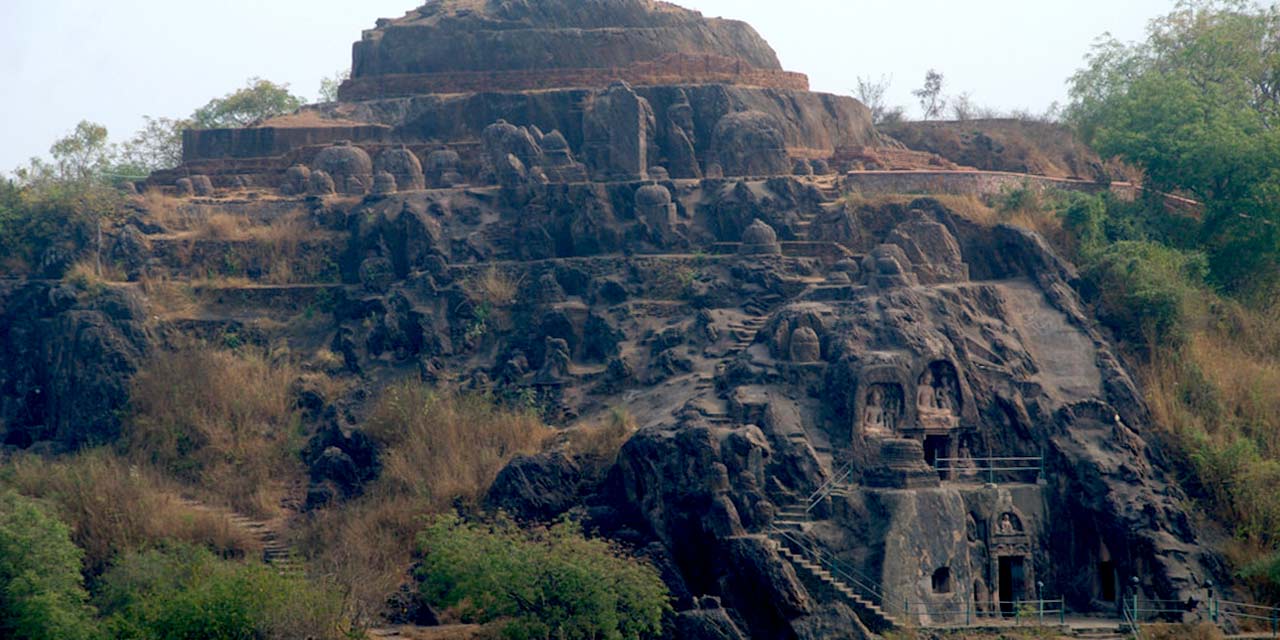
- Jan 25 2016
- Admin
- 12
- 3332
- Travel
Bojjana Konda
Amongst the umpteenth number of places to visit, one of the most remarkable ones is a Buddhist heritage site called Bojjana Konda. Situated in a village called Sankaram, Bojjana Konda represents a significant aspect of Indian history that is surely going to leave you in awe. It is a major tourist attraction and this buddhist heritage site depicts how culturally rich and extravagant our ancestry imbibed us with. Till today, these artefacts remain prominent and exhibit the forgotten period of our history.
Like Siamese twins, discussions around Bojjana Konda cannot be complete without mentioning its equal counterpart, Lingala Konda. These are two adjacent hill tops atop which stands Buddhist rock-cut caves. While Bojjana Konda is on the Eastern hill, the other is on the West.
Originally, Bojjana Konda was named ‘Buddhina Konda’ but with time, it adapted the name that is more commonly used now because it is believed that people couldn’t pronounce its original name.
Dating back to the 4th and 9th century A. D. respectively, these hills depict the three major Buddhist influences; Hinayana, Mahayana, and Vajrayana, on the village of Sankaram that was originally called ‘Sangharam,’ which meant monastery. It is believed that the centre of Buddhist culture was in this village.
Alexander Rea, a British archaeologist, in 1906 led the excavation and unearthed an image of Buddha sitting in Buddhanaa or Bojjana and Lingalametta. It is a two-thousand-year-old Buddhist heritage site that contains monolithic stupas, caves, artefacts, etc.
Bojjana Konda is on top of an eastern hill in Sankaram. Monolithic stupas surround rock-cut platforms that contain the maha stupa, the dome of which is completely made of bricks. Archaeological extractions have discovered interesting aspects such as age-old Buddhist coins.
Two of the brick stupas surrounding the maha stupa had miniature stupas or stone relic caskets. An image of Buddhist goddess Hariti has also been found at the foot of the hill on which Bojjana Konda stands.
This hill possesses about six rock-cut caves each intricately sculptured and designed in unique ways. The main cave has about sixteen pillars and a monolithic stupa surrounded by a pradakshina-patha which is a circumambulation of holy shrines made of stone.
Carvings of an umbrella were believed to be on the ceiling of the stupa followed by an entire floor above the cave filled with idols of Buddha.

